
Just a few DIY insulation tips can make a big difference.
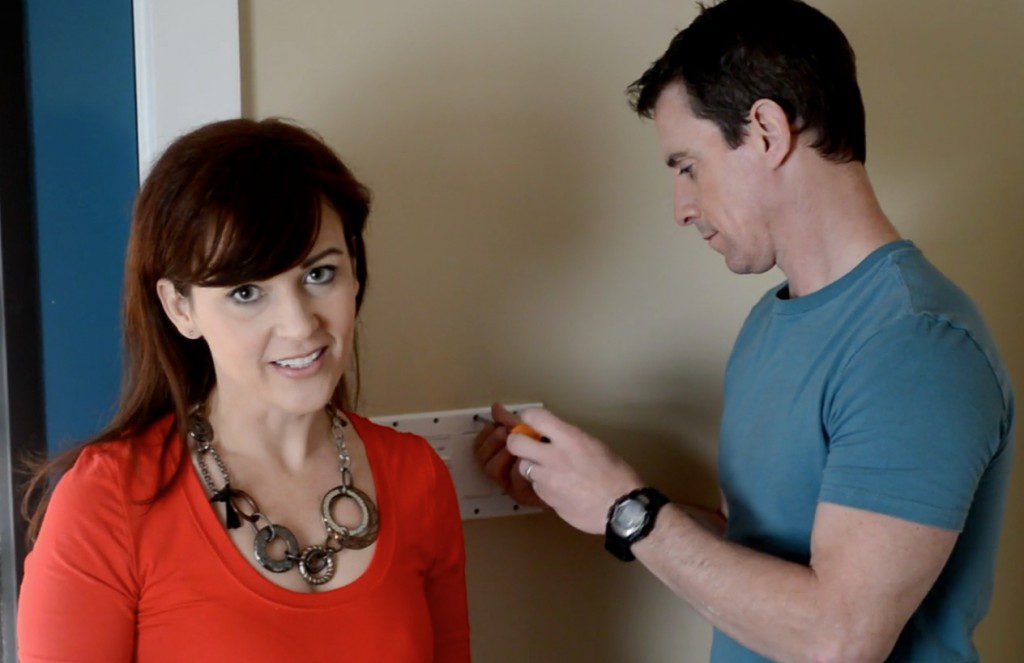 Get your DIY on to make your home more comfortable for your family by keeping summer heat and winter wind where they belong: outside.
Get your DIY on to make your home more comfortable for your family by keeping summer heat and winter wind where they belong: outside.
Here are a few easy DIY insulation tips that you can do this weekend.
If you can slide a dollar beneath your door, a door sweep can help stop the draft.
Do you feel cold air near light switches or outlets? You aren’t alone. Many devices are often poorly-insulated when a house is built. Use low-expanding foam to spray behind the box to fill what the builders missed.
Check your windows. New or old, they work best when they’re fully closed–and locked.
And if you can see light around your door or feel a draft, some weather stripping can help seal it tight.
The largest factor that will determine your weather stripping price is the number of windows and doors that need to have weather stripping installed. The more areas that need to be tended to, the higher the weather stripping prices will be. However, an installation professional may charge less per window if you are installing all the weather stripping in your home at one time. So, what may seem like a larger cost upfront could become much more affordable than installing weather stripping on one or two windows or doors at a time.
For more information about how much this project costs in your area, or to hire a contractor, check out the cost guide at HomeAdvisor.com.

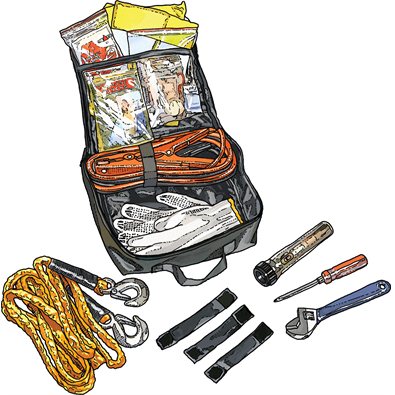



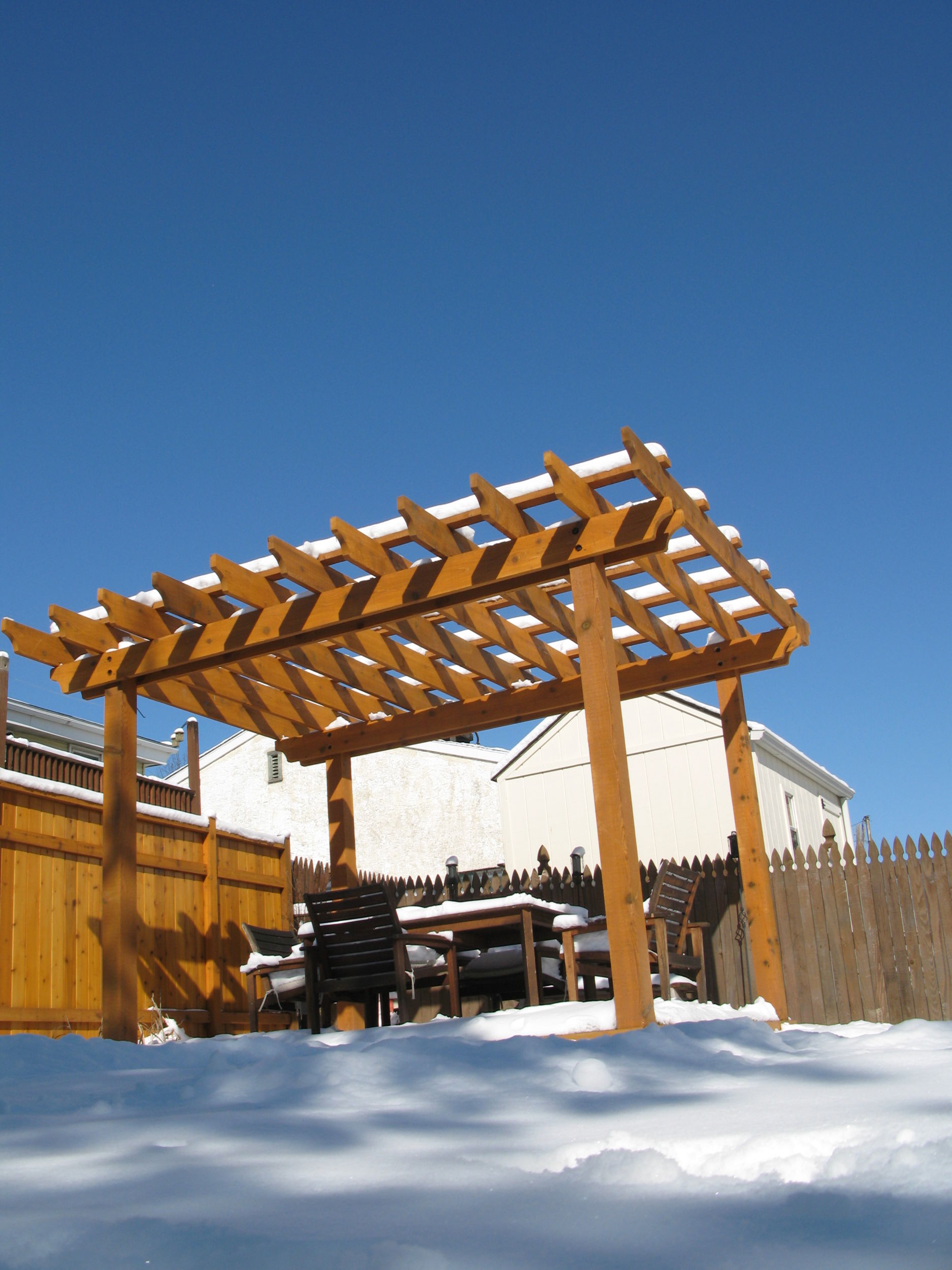
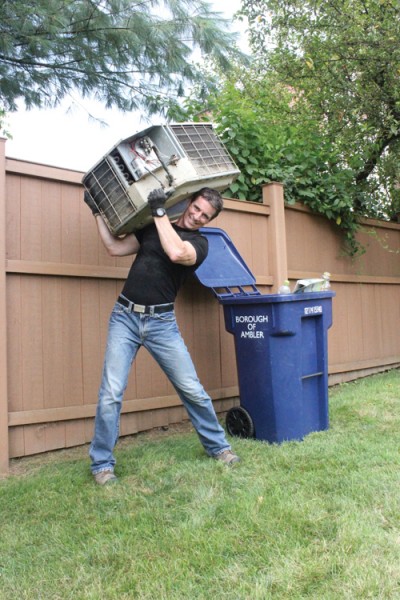
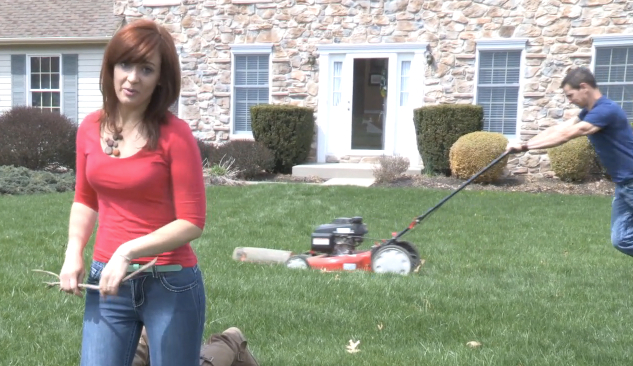
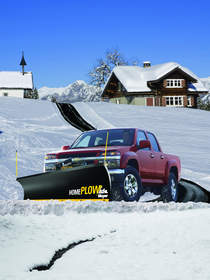
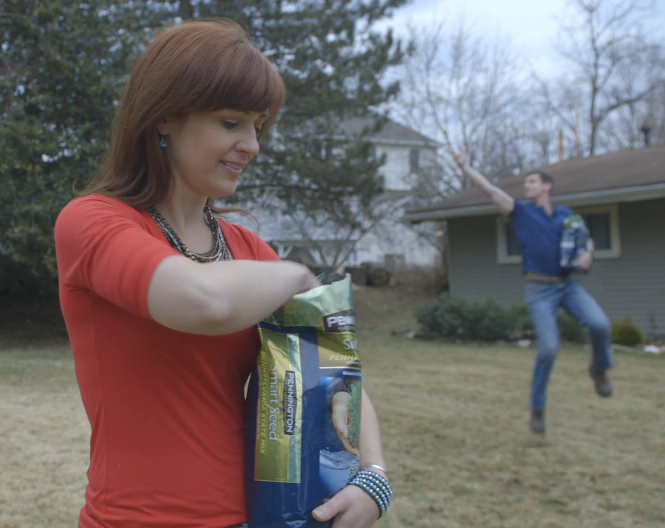
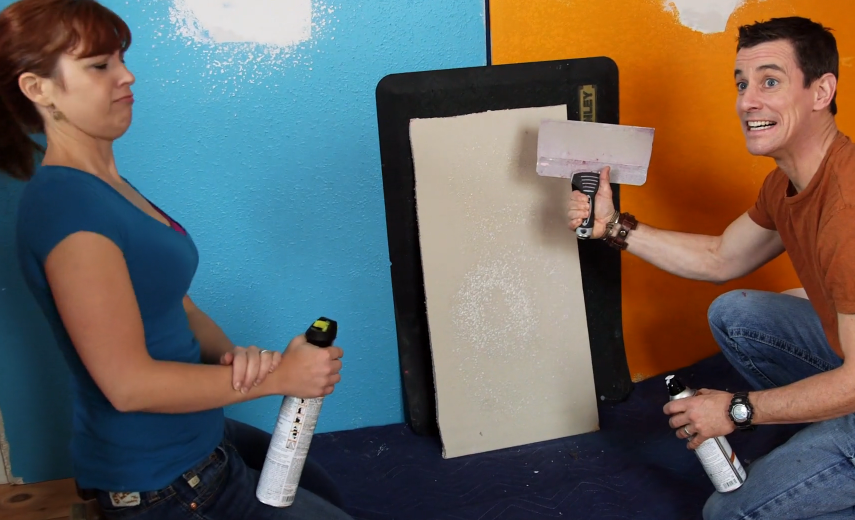

Thanks for sharing this!
Also, don’t forget to insulate your water heater and pipes, which is especially crucial for areas with cold winters. Insulating your water heater and its pipes can help reduce heating bills by minimizing heat loss, which means your water heater doesn’t have to work as hard or as frequently to maintain the desired water temperature. It will also minimize the risk of frozen pipes and potential water damage.
DIY insulation kits for water heaters can cost anywhere from $20 to $40.
Agree. Great advice. Oftentimes it’s easy to overlook these smaller steps that can make a big difference. Thank you for taking the time to share and help others!
[…] 1. Insulate. Check with your local building department about what’s best for your area. The goal is to keep heat in the rooms below the attic in those rooms. […]
I never even thought about checking the light switches. That’s really good to know. Thanks for the great advice!
Tara | http://www.citywideinsul.com/pages/foam.html